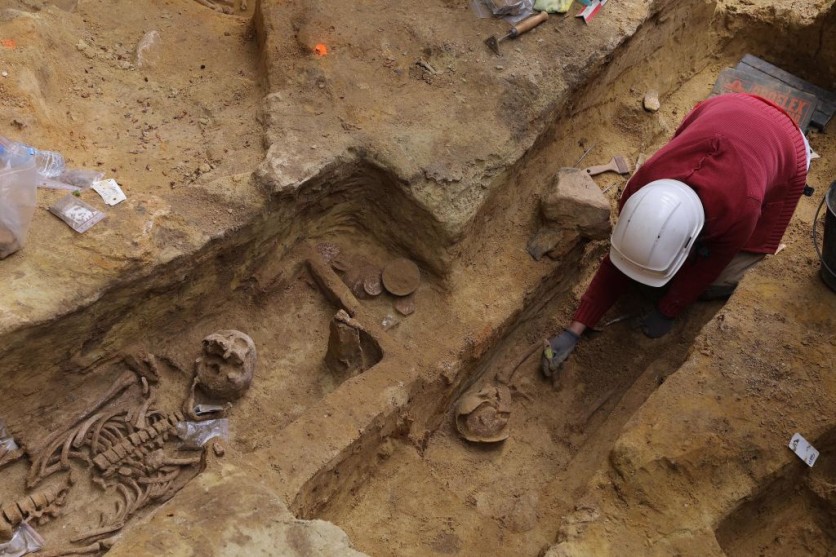French archaeologists have uncovered new insights into an ancient necropolis in Paris, shedding light on the lives and death rituals of the Parisii people during Antiquity, according to Inrap.
The excavation, currently underway in what is known as the "southern necropolis" or the Saint-Jacques necropolis, is revealing a small part of the site that has been spared from numerous roadworks and construction projects over the years.
The necropolis was located on the outskirts of the city during the High Empire, with the southern necropolis developing along the cardo maximus, which is now the rue Saint-Jacques.

New Insights
Inrap has stated that much of what is currently known about the necropolis in Paris comes from observations made during major works in the 19th century.
However, the ongoing excavation is yielding new data due to modern approaches in archaeology and anthropology.
The study of the discovered archaeological finds has revealed that the funerary space was in use from the beginning of the 1st century until the 3rd century, after which it began to be abandoned in the 4th century.
As part of the excavation, 50 burial tombs dating back to the 2nd century have been unearthed. The tombs are densely packed and exhibit overlapping. The sepulchral pits vary in size and depth, with no apparent organization or orientation, which is typical of Antiquity.
All burials were conducted in coffins, which were perishable containers that sometimes left visible traces of planks and still had nails present. Adult males and females, as well as immature subjects, were buried in the necropolis, as expected for a large burial site.
According to Inrap, fewer than 50% of the interments are accompanied by offerings such as ceramics, glass containers, coins, and even traces of footwear.
Additionally, a unique pit containing the complete skeleton of a pig was uncovered during the excavation. By studying the various burial practices, the population, and the associated artifacts, this excavation will allow researchers to refine the necropolis's dating and duration of use.
Read Also : French Archaeologists Uncover Ancient Roman-era Monumental Complex from the 2nd-3rd Century AD
Parisii People's Way of Life
Analyzing the necropolis's organization could reveal intentional groupings, and the findings will provide valuable insights into the Parisii people's way of life.
This excavation presents new information about the past and will aid researchers in better understanding the people who once inhabited this part of Paris.
The different modes of burial and the associated furniture found in the burial sites can provide insights into the social status, gender, and age of the individuals buried there, as well as their beliefs and cultural practices related to death and the afterlife.
This can help archaeologists and historians better understand the social and cultural dynamics of the Parisii people during the Roman era and how it evolved over time.
Related Article : Archaeologists Find an Extremely Rare 1,300-year-old Gold and Gemstone Necklace From a Medieval Woman in England

ⓒ 2025 TECHTIMES.com All rights reserved. Do not reproduce without permission.




